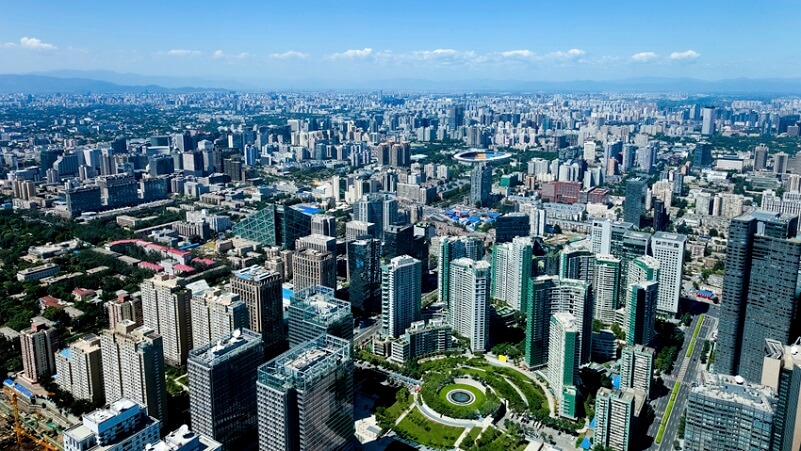
Beijing Top 10 Attractions
Beijing is the capital city of the People’s Republic of China. Beijing is the second most populated city of the world. Thanks to the reformist governments of China, Beijing has emerged as the economic, educational, recreational and technological hub of the world. Beijing is now a skyscraper city with many high-rise buildings and modern infrastructure.
Beijing has the recorded history of approximately 3000 years. The old name of the city is Peking. Ming Dynasty first used the world Beijing and Nanjing in early fifteenth century. Meaning of Beijing is the North Capital and Nanjing the South Capital. Beijing was ruled by Xia, Shang, Zhou, Qin, Han, Jin, Sui, Tang, Song, Liao, Yuan, Ming and Qing dynasties.
Throughout its history, Beijing has been part of many empires but Ming and Qing dynasties have more lasting impact on the city. Thanks to the efforts of these dynasties and present government of China, Beijing is now the hub of culture and tourism. This blog describes the top 10 tourist attractions of Beijing and Tourism places in Beijing China that will totally mesmerize you with a new experience.
Beihai Park
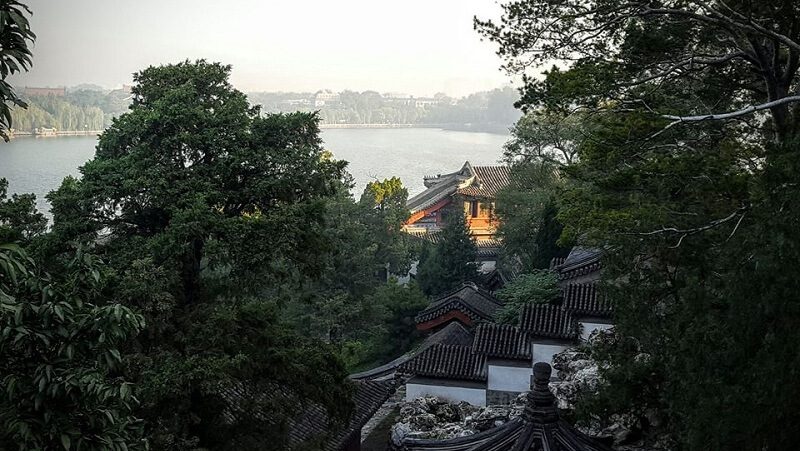
Beihai Park is a public park in Beijing. It was an imperial park as a part of imperial place. It was first built in 11th century but was greatly enlarged during the reign of Kublai Khan the founder of Yuan Dynasty. The park has an area of 171 acres. It has a lake and an island called as Jade Flower Island. The other features of Beihai Park are The White Pagoda, The Five Dragon Pavilions, The Dacizhenru Hall and Xiao Xi Tian. The park has flowers, trees, shrubs plants and birds of many species. Whatever time of the year you visit, Beihai Park is always packed with the tourists.
Forbidden City
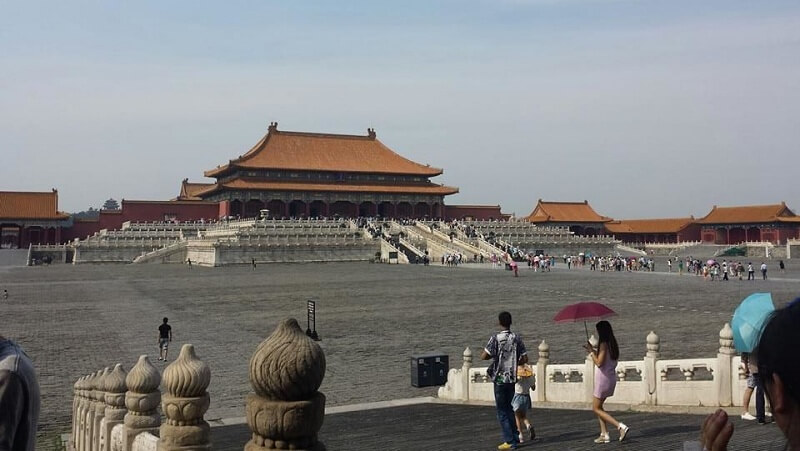
Forbidden City is the imperial place in Beijing that served as the imperial seat of power during Ming and Qing Empires. It was the official residence of the Chinese Emperors from 1420 to 1912. The royal palace has total area of 180 acres with approximately 1000 buildings. The architecture style is called as Chinese Palatial Architecture. The Forbidden City is now the UNESCO World Heritage Site due to many oldest wooden buildings. It is now one of the most visited tourist destination in China due to the large collections of ceramics, bronzes, paintings, timepieces and palace artifacts.
Great Wall
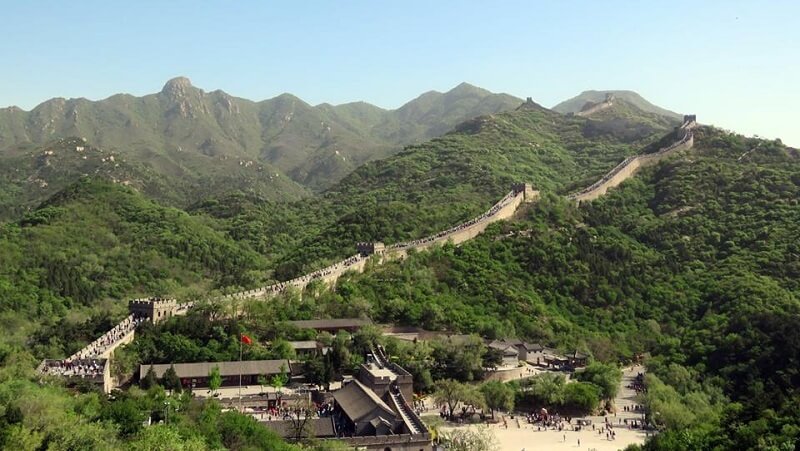
The Great Wall of China is the 21,196 km long wall made of mud and stone bricks. The purpose of the wall was to protect China from the invaders and also to control the border movement. The Great Wall was first constructed in 7th century BC but major portion was built during the Ming Dynasty to safeguard the empire. The Great Wall of China is among the seven old wonders of the world due to its unique architecture. Historically it was believed that the Great Wall was visible from moon. But the latest research of NASA has proved that it’s just a myth.
Jingshan Park
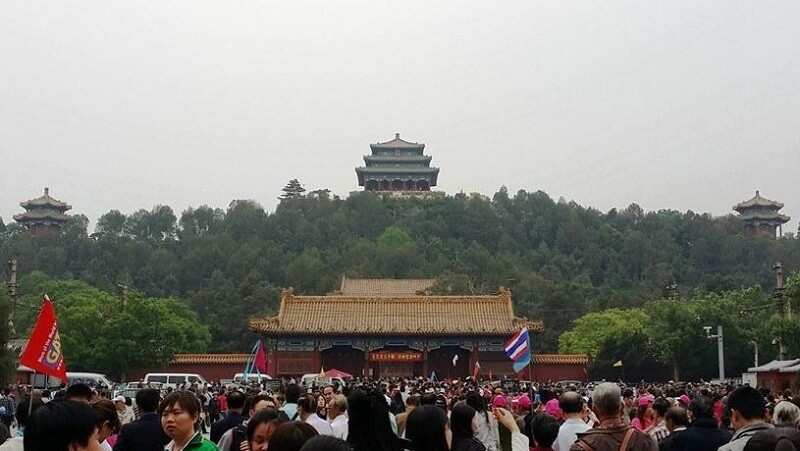
Jingshan Park is an imperial park located just North of Forbidden City. It has total area of 57 acres. The most striking feature of the park is the artificial or manmade hill known as Jingshan Hill. The hill was built from the soil excavated during construction of canal of Imperial Palace during Ming Rule. The hill has five peaks and there is a pavilion on each peak. The present pathways are the work of 20th century. The park is famous for the greenery and houses different species of birds. Due to its proximity to the Imperial Palace and Forbidden City, it is one of the main tourist attractions of Beijing.
Ming Tombs
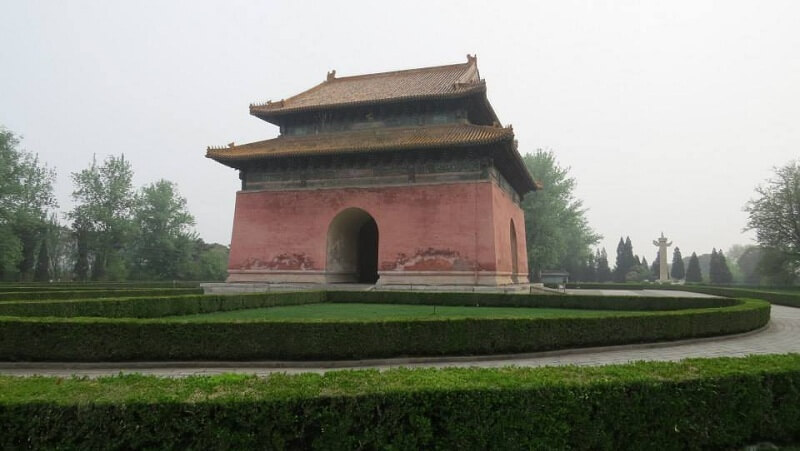
Ming Tombs are the burial places of the Ming Dynasty. The tomb style was influenced by Egyptian Pyramids or Gur E Amir; the burial place of Amir Temur in Samarkand. The third Ming ruler, Yongle Emperor started building his burial place. He selected the site in a valley near Tianshou Mountain just away from the Forbidden City. The later emperors also built the tombs in the same area. Ming Tombs are now includes in the UNESCO heritage sites. The thirteen Ming Tombs are the great attraction for the tourists due to beautiful architecture, statues and mesmerizing scenery that surrounds the tombs.
National Museum
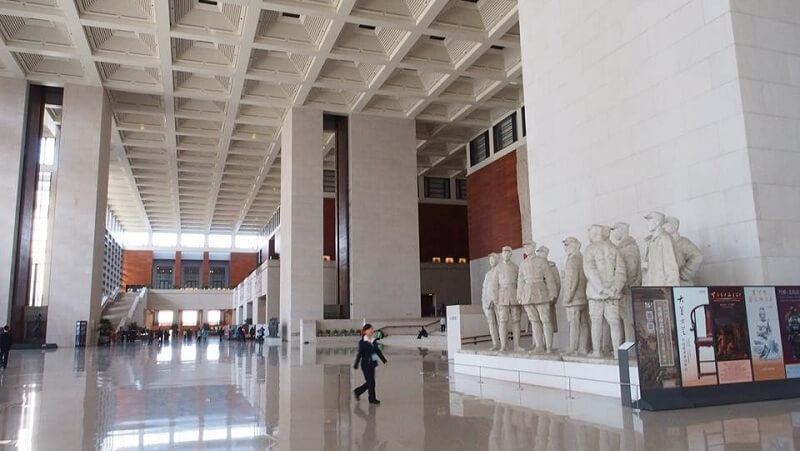
The National Museum of China depicts the art, culture and history of Chinese Civilization through ages. National Museum is located on East of the famous Tiananmen Square Beijing. The National Museum of China was created by uniting National Museum of Chinese History and National Museum of Chinese Revolution in 2003. The museum presents the struggle of Chinese nation during revolution. It has one of the largest collections of artifacts in the world from Bronze Age. The National Museum of China is famous among the global tourists as approximately 7-8 million people visit it every year.
Peking Opera
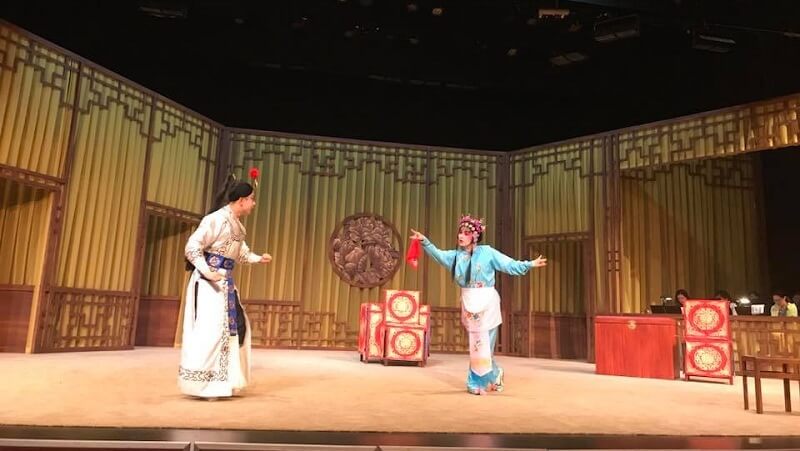
Peking Opera or Beijing opera is the famous Chinese Opera that was developed in phases. Peking Opera got famous during Ming & Qing Empires. Emperors used the opera to influence the elites of the empire. In next phase Peking Opera was influenced by the revolutionary ideas during the time of revolution. Peking Opera is the combination of aerobatics, dance, mime, music and vocal performances. There are four main types of performers in opera female, male, male with painted face and male clown. Tourists love to watch the Peking Opera to understand the Chinese performing art & culture.
Summer Palace
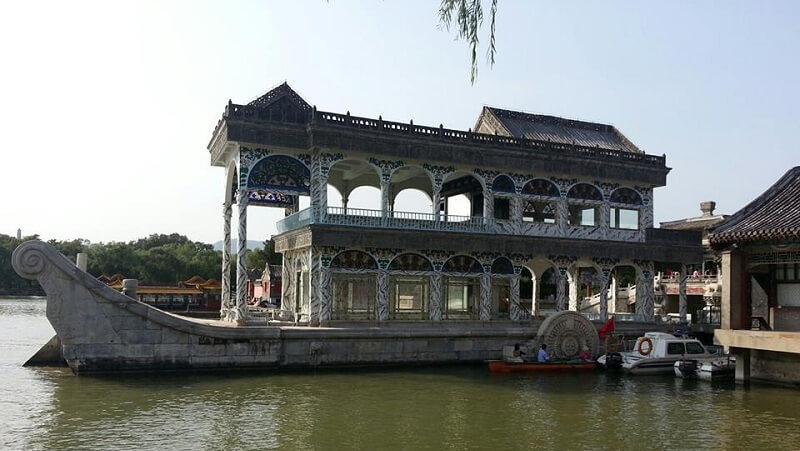
Summer Palace is generally considered as the largest garden in the world spanned on an area of approximately 2.9 square kilometers. It is the combination of lakes, gardens and palaces. It was a royal retreat from the hot summer weather to a more cool and refreshing hotspot. It was built by the Qing dynasty in 18th century. The lakes have seventy percent area of the Summer Palace with a 200 feet high hill. It was attacked and destroyed during wars with Britain and France. Now a UNESCO world heritage site, it has bridges, palaces, gardens, lakes, pavilions, sculptures and temples.
Tiananmen Square
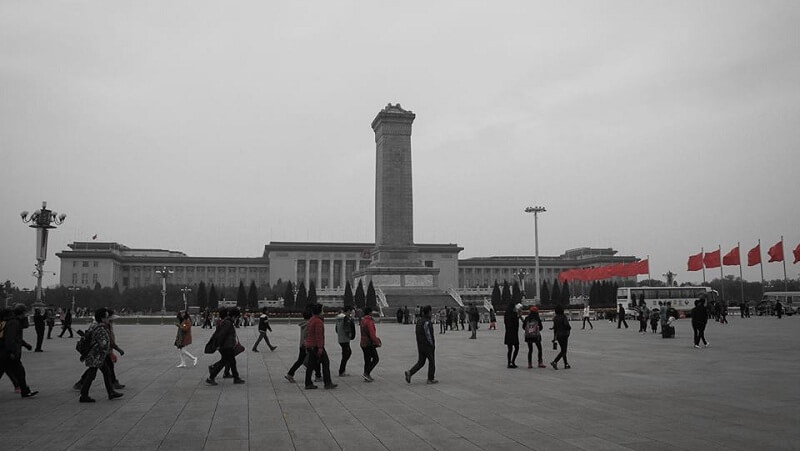
Tiananmen Square is located in the city center Beijing. It is one of the largest squares in the world covering an area of 109 acres. The Square is famous for many military parades and events. The name of the square is derived from the Tiananmen Gate that separates the square from the Forbidden City. The Tiananmen Square is surrounded by the landmark buildings like Tiananmen Gate, National Museum of China, Great Hall of the People, Gate Tower, Monument to the People’s Heroes, Mausoleum of Mao Zedong and many other structures. Beijing Top 10 Attractions.
Beijing Zoo
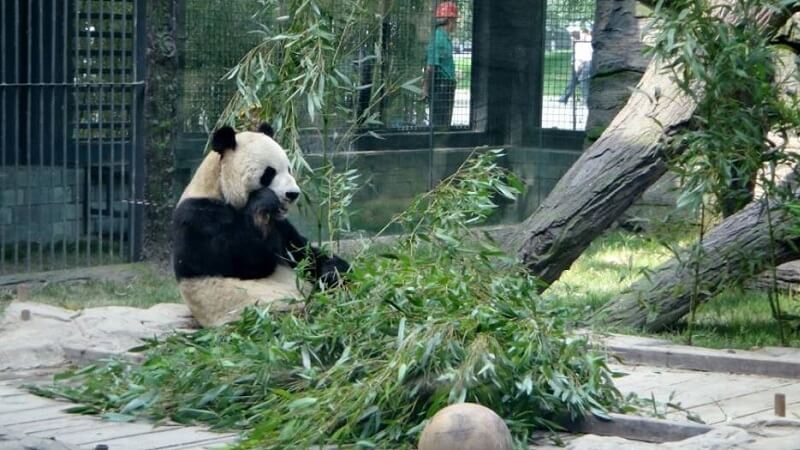
Beijing Zoo was built during the last days of Qing Dynasty in early twentieth century. It is one of the largest zoos in the world due to large collection of animals. Beijing Zoo has approximately 1000 species of land and marine animals. The zoo is famous worldwide due to its collection of unique animals. The total area of the zoo is 220 acres and it also serves as the zoological research center to breed the animals. The zoo also houses the largest aquarium of China; the Beijing Aquarium. You can also watch the shows of dolphins and sea lines. Beijing Top 10 Attractions.
